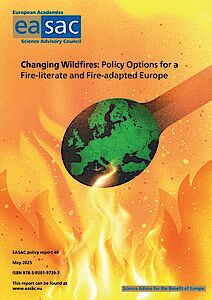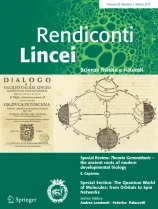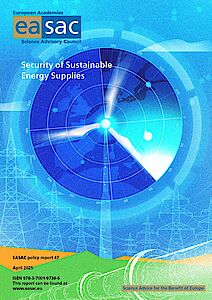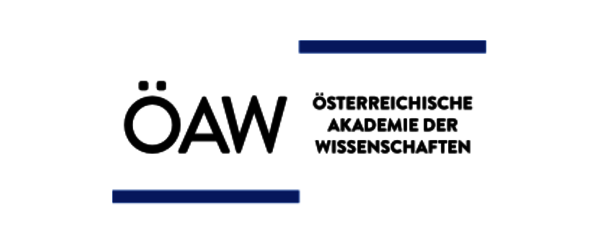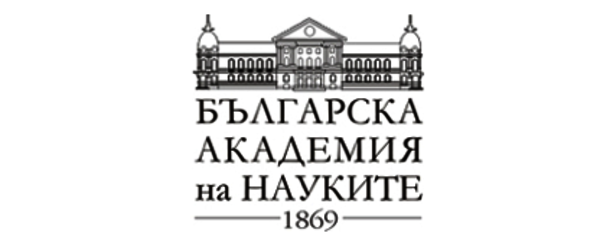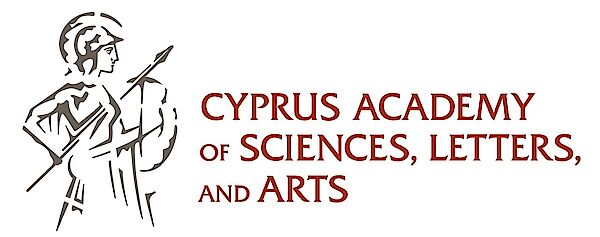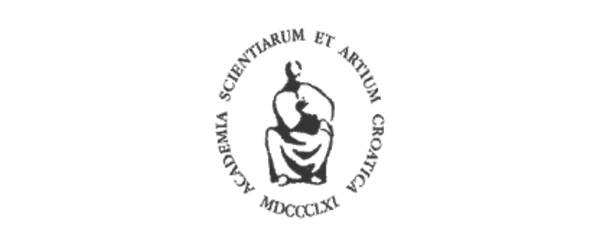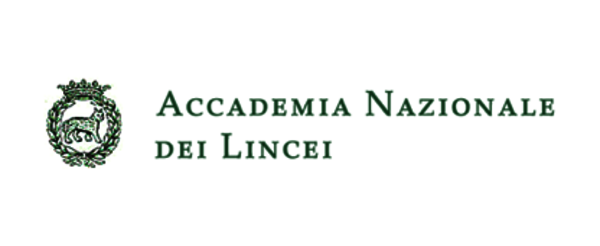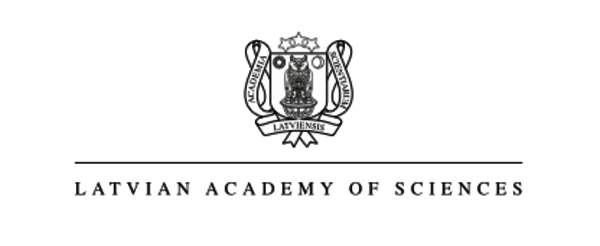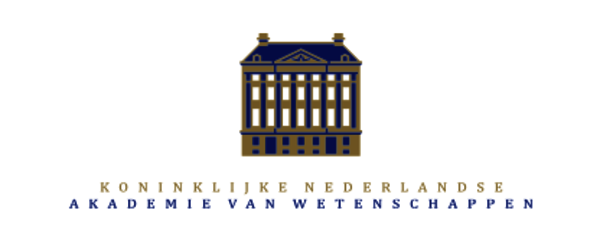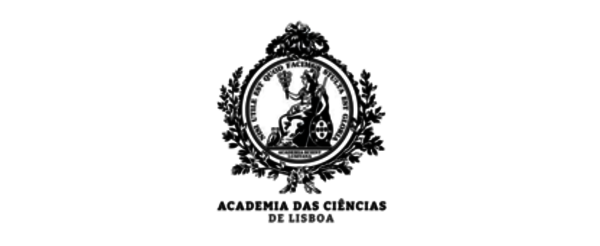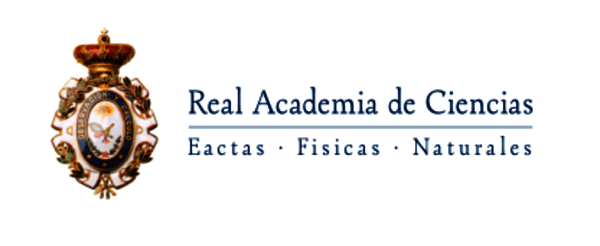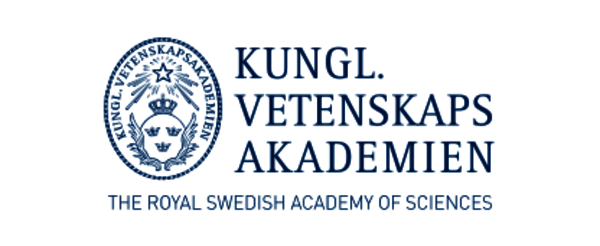Publications
IEE Power & Energy Magazine
A more perfect union
By John Holmes
The main aims of the energy policy of the European Union (EU) are 1) to establish a European energy system that is sustainable (particularly with respect to reducing greenhouse-gas emissions) and enhances Europe’s competitiveness and 2) to improve the security of energy supplies to Europe’s 500 million inhabitants. A key element of Europe’s strategies to achieve these aims is to establish a more integrated energy system in which there is a well-connected and competitive market, particularly for gas and electricity. A pan-European energy infrastructure (analogous to those in place in other sectors of long-term public interest, such as telecommunications and transport) is seen as an essential enabler.
The European Academies Science Advisory Council (EASAC) was established in 2001 by the national science academies of the EU member states to provide independent advice to EU policy makers on the science underpinning key policy decisions. Reflecting the EU ’s policy priorities, issues of energy systems integration have been an important concern of EASAC ’s program of energy studies.
back to overview

